Facts About Washington Prisons
Washington State’s incarceration rate stands at a staggering 373 per 100,000 residents. This means Washington prisons hold about 28,000 people, with many awaiting trial. Imagine that! In fact, 73% of those in jails haven’t been convicted yet. That’s a lot of folks who are legally innocent behind bars. Racial disparities paint an even graver picture. Indigenous people face incarceration at rates over 6 times higher than white individuals. The criminal justice statistics reveal systemic issues like poverty and over-policing in minority communities. For a deeper dive, the Prison Policy Initiative offers insights into these pressing matters. Understanding this Washington State profile is key to unraveling broader justice statistics and societal impacts.
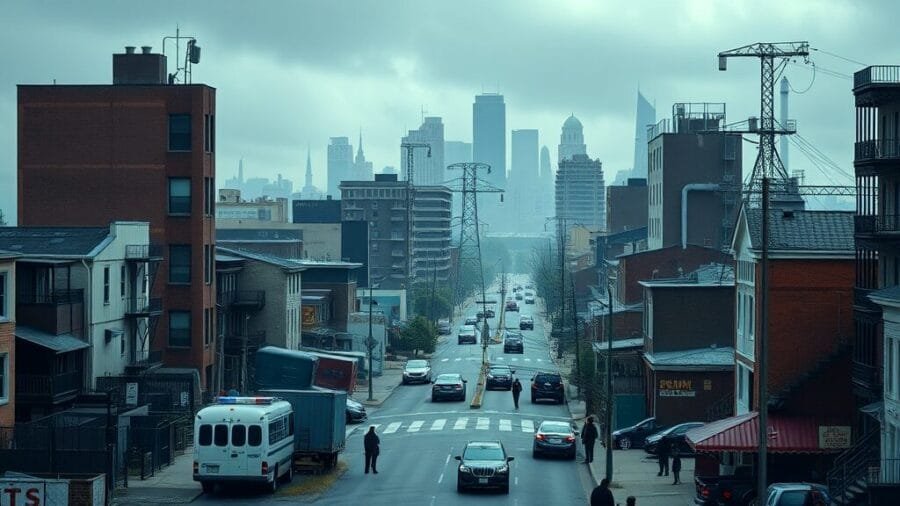
Washington State Prison Statistics
The statistics surrounding Washington prisons reveal a complex picture. With an incarceration rate of 373 per 100,000 residents, the state has a significant number of individuals behind bars. Approximately 28,000 people are incarcerated, while around 73% of those in jails have not been convicted. These figures highlight critical issues within the system. Indigenous people face disproportionate incarceration rates, being detained over 6 times more than their white counterparts. This underscores the systemic challenges rooted in poverty and over-policing. The Prison Policy Initiative provides further insights into these disparities and systemic challenges. Explore their data for a broader understanding of how these numbers reflect deeper societal issues.

Historical Growth of Incarceration Rates
Exploring the historical rise in incarceration, Washington has seen a dramatic increase over the last four decades. This trend underscores the higher rates compared to many democratic nations. Interestingly, rural areas show a notable contribution to these numbers. Such disparities highlight regional differences within the state. Furthermore, racial inequities persist. Indigenous people face staggering incarceration rates, owing to systemic issues. The Prison Policy Initiative often provides insights into these disparities and the broader implications. Focusing on Washington prisons reveals a complex tapestry of factors. Each statistic tells a deeper tale of societal influences and policy impacts. Understanding these patterns is crucial for addressing the root causes and fostering meaningful change.

Racial Disparities in Incarceration
Racial disparities in Washington prisons highlight a stark reality. Black individuals face incarceration rates 5.7 times higher than white counterparts. Hispanic folks see rates 1.5 times higher. Indigenous people, however, encounter the harshest numbers. They are imprisoned over 6 times more than white individuals, despite representing just 2% of the state’s population. These figures underscore systemic issues, like poverty and over-policing in minority communities. The Census Bureau provides a broader perspective on these demographic challenges. Addressing these disparities requires unraveling the complex interplay of socioeconomic factors. Let’s aim for a fairer system where justice isn’t skewed by race or background.
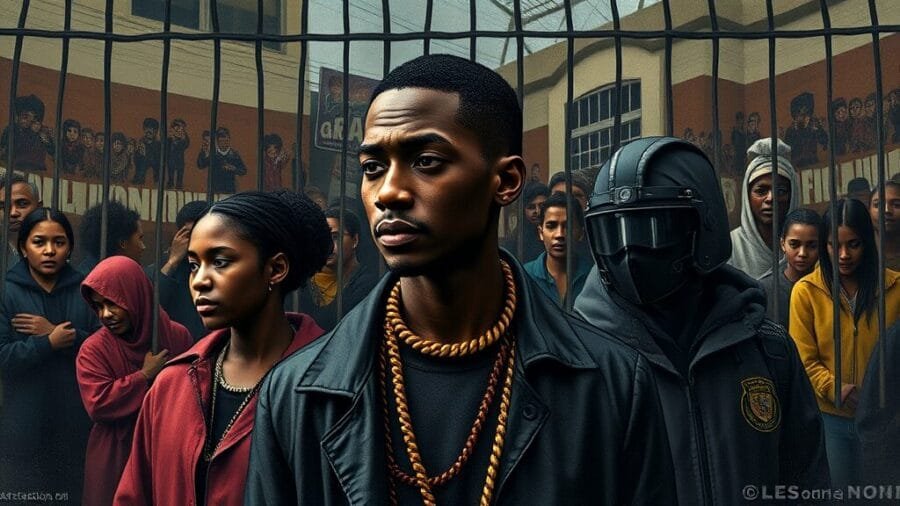
Indigenous Population in Washington Prisons
In Washington, the incarceration of Indigenous people highlights significant disparities. While they make up just 2% of the state’s population, they account for 5% of those incarcerated. This gap has widened over the past decade, tied to systemic issues like poverty and historical neglect of Indigenous communities. Imagine feeling outnumbered even behind bars! These statistics reflect broader societal challenges, with Indigenous individuals facing incarceration rates over 6 times higher than white individuals. Addressing these disparities requires acknowledging and tackling the root causes. By understanding these statistics, we might begin to envision a fairer system for all. How much longer can these injustices persist?
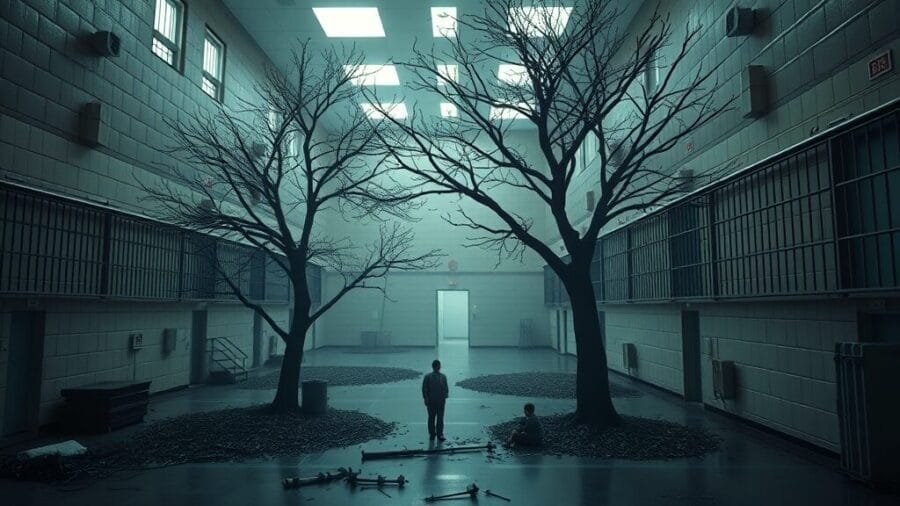
Beyond Prisons: Broader Justice System
Beyond the confines of Washington prisons, the justice maze unfurls. Civil commitments, for instance, reveal how the system extends its reach. Those convicted of sex offenses may face indefinite confinement post-sentence. It’s like a never-ending treadmill!
Want another twist? Consider the staggering racial disparities. They’re not just statistics; they’re a call to action. The system’s extensive reach and its shadow over rural communities add layers to this issue.
So, when pondering Washington’s legal web, think beyond bars. Laws, policies, and practices all intertwine. With various reports shedding light, the path to reform might just start here. Are we ready to face the music? The stakes couldn’t be higher.
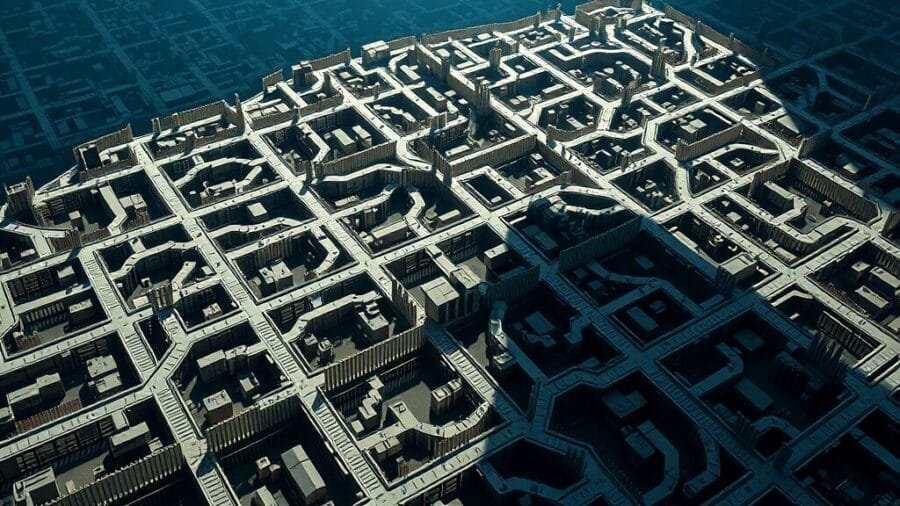
Top 5 Reports on State Criminal Justice
The top reports examining state criminal justice issues provide a comprehensive look into Washington’s incarceration dynamics. “States of Incarceration: The Global context” sets the scene by comparing Washington’s imprisonment rates to global figures. Meanwhile, “Correctional Control 2023” tracks trends in both incarceration and community supervision. Delving into racial nuances, “Disparities 2021” shines a light on profound racial gaps within the state’s imprisonment figures. On a broader level, “Prison Policy Initiative Reports” assess the widespread effects of justice policies across Washington. Lastly, the “Washington State Office of Financial Management” unveils the financial and demographic aspects tied to the state’s imprisonment system. These documents offer a peek behind the curtain of justice.
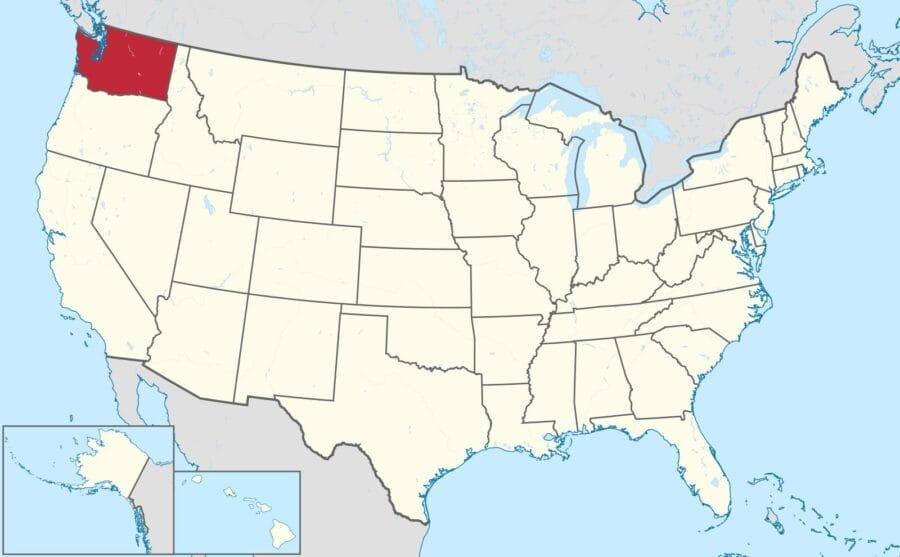
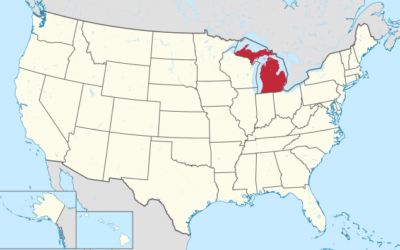
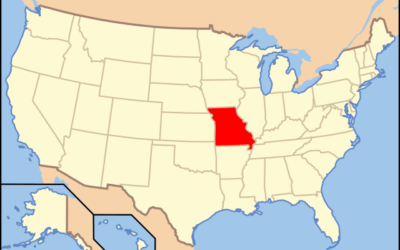
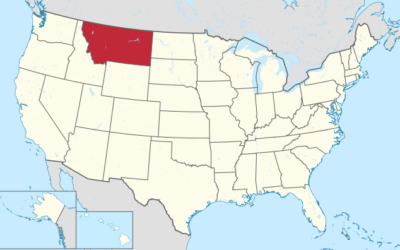
0 Comments